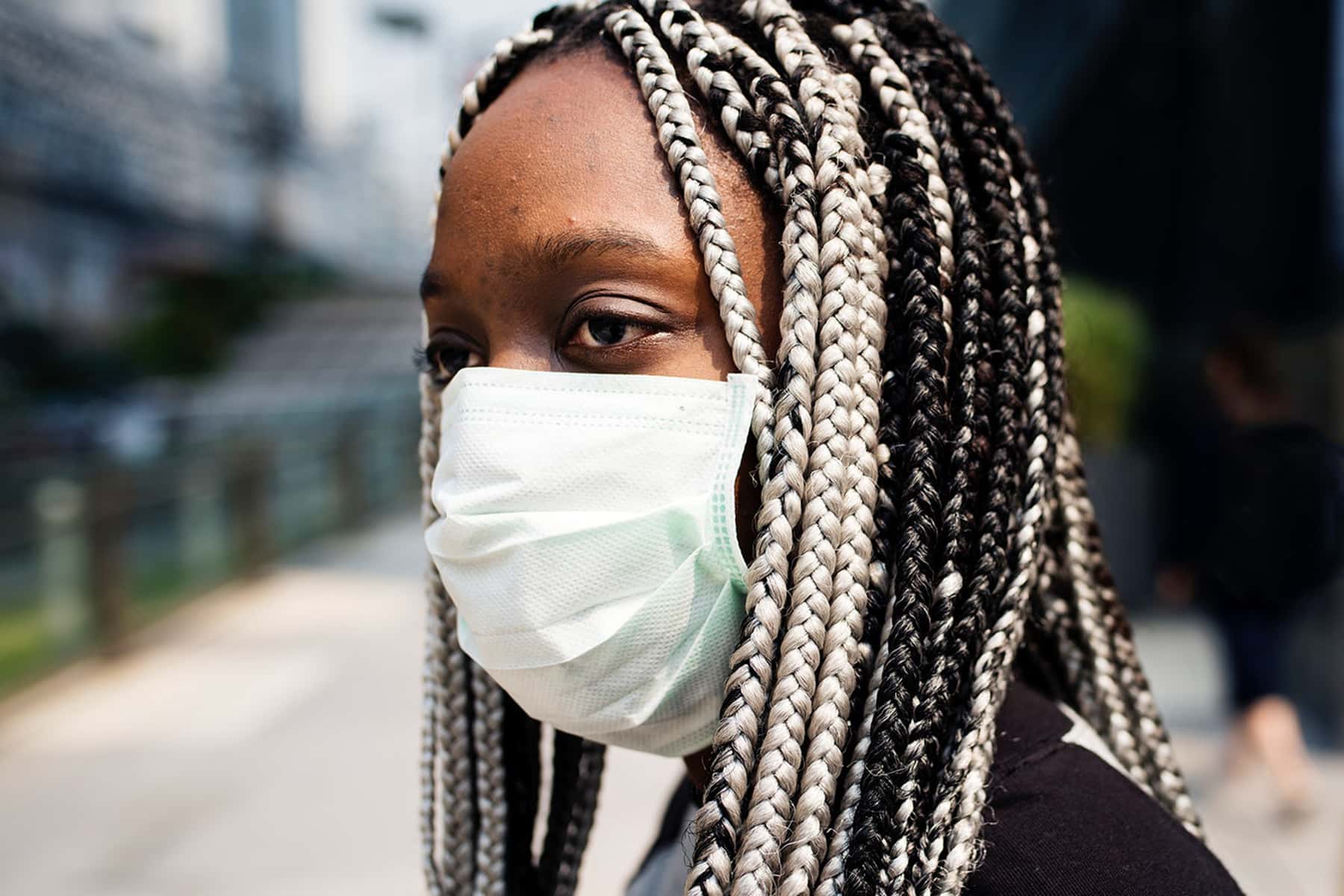
Wisconsin and the Lake Michigan region have been feeling the effects of climate change for some time, and according to a new Federal report the situation will only grow and worsen as temperatures climb throughout this century.
The new federal climate report, released by the Trump administration a day after Thanksgiving, issues a dire warning about the economic impact from the deteriorating environment.
The report was the work of three hundred federal and non-federal scientists and experts from across a variety of federal agencies. Its central message: Climate change is real, it is intensifying, and it will devastate the way human beings live day-to-day if U.S. leaders at all levels don’t take drastic action.
The report looks at the likely impacts on different areas of the country, including the Midwest. Among its findings and projections for the region:
- Summers will be hotter. Warm-season temperatures are projected to increase more in the Midwest than any other region of the country—by an average of more than four degrees by mid-century. In the winter, the frost-free season is projected to increase 10 days by 2045, and 20 days by 2065.
- Increased spring humidity will cause more rainfall, with serious implications for agriculture. It will lead to more potential for water-logged soil, reducing planting time and causing more soil erosion.
- Rising growing-season temperatures will have a “pervasive” effect on forests. The region will likely have less tree growth and possibly “widespread tree mortality.”
- The Great Lakes are at risk from rising temperatures. Current trends toward rising surface temperatures and declining ice cover will continue. Changes in the seasonal stratification of lake temperatures and higher summer evaporation rates will stress the lakes, possibly wiping out some species.
- Higher temperatures will worsen existing air quality problems, with particularly negative impacts on industrial centers, low-income communities, children and the elderly.
- The habitats of disease-carrying mosquitoes and ticks will continue expanding throughout the region, likely leading to more cases of illnesses like West Nile virus and Lyme Disease.
- Climate change will create conditions that make harmful cyanobacterial blooms more frequent and widespread. A combination of factors, including higher water temperatures and more agricultural runoff from more frequent rains will create favorable conditions for those events.
“The evidence of human-caused climate change is overwhelming and continues to strengthen, that the impacts of climate change are intensifying across the country, and that climate-related threats to Americans’ physical, social, and economic well-being are rising,” the assessment said. “These impacts are projected to intensify — but how much they intensify will depend on actions taken to reduce global greenhouse gas emissions and to adapt to the risks from climate change now and in the coming decades.”
The report’s findings can be summarized into five major point:
1. The report directly contradicts statements made by Trump
The report estimates that around 92% of climate change can be attributed to the harmful effects of human actions. The report concludes that the effects of climate change cannot be reversed, but says that its worst effects can be mitigated through aggressive action at all levels.
2. Its recommendations are at odds with Trump’s deregulatory agenda
The report warns that climate change will result in worsening water quality conditions and the highest temperatures ever recorded, emphasizing the need to reduce carbon emissions drastically.
3. Some claim the report’s Black Friday release was intended to bury its findings
The Trump administration has been criticized for releasing the climate change report one day after Thanksgiving, when fewer Americans are likely to read the news. The report was originally slated for a December release, but it was ultimately moved up with little explanation.
4. Climate change could slash up to 1/10th of United States’ GDP by 2100
The report assigns specific expenses to the monumental effects of a warming planet, finding that climate change could slash up to a 10th of the United States’ gross domestic product (GDP) by 2100. Damaging weather alone, it says, has cost the U.S. nearly $400 billion since 2015, and those costs are only expected to increase.
5. Climate change will have devastating impact on marginalized communities
Climate scientists have said for decades that marginalized populations, particularly those in low-income communities and often people of color, will be the first and hardest hit by climate change’s effects. Communities with little money and few resources are the most vulnerable to the risks associated with increasing temperatures, rising sea levels, worsening air and water quality and infrastructure damage. Climate change does not affect everyone equally, the report says.
“Risks are often highest for those that are already vulnerable, including low-income communities, some communities of color, children, and the elderly,” the report reads. “Climate change threatens to exacerbate existing social and economic inequalities that result in higher exposure and sensitivity to extreme weather and climate-related events and other changes.”
Written By
Sаrаh Cwіеk and EmіIy Bіrnbаum














